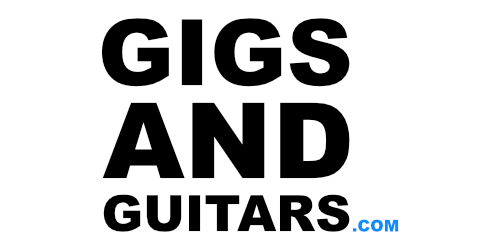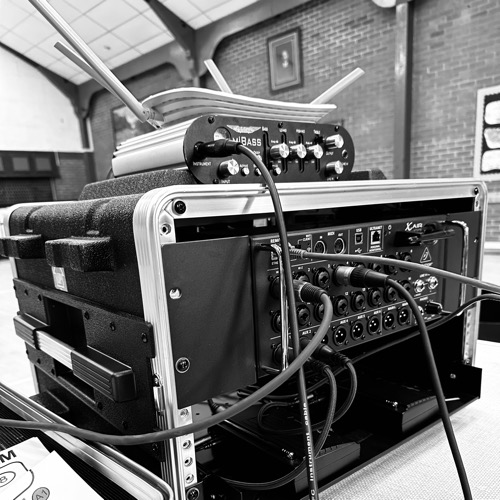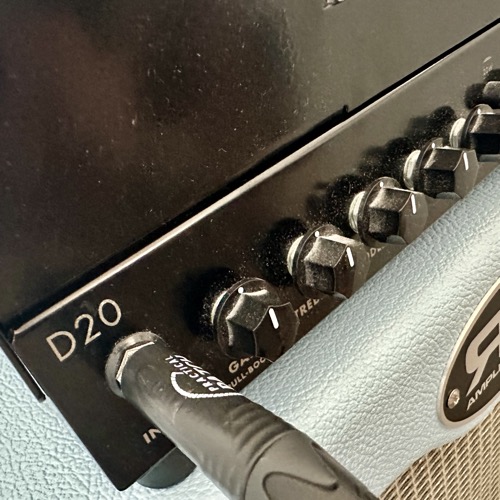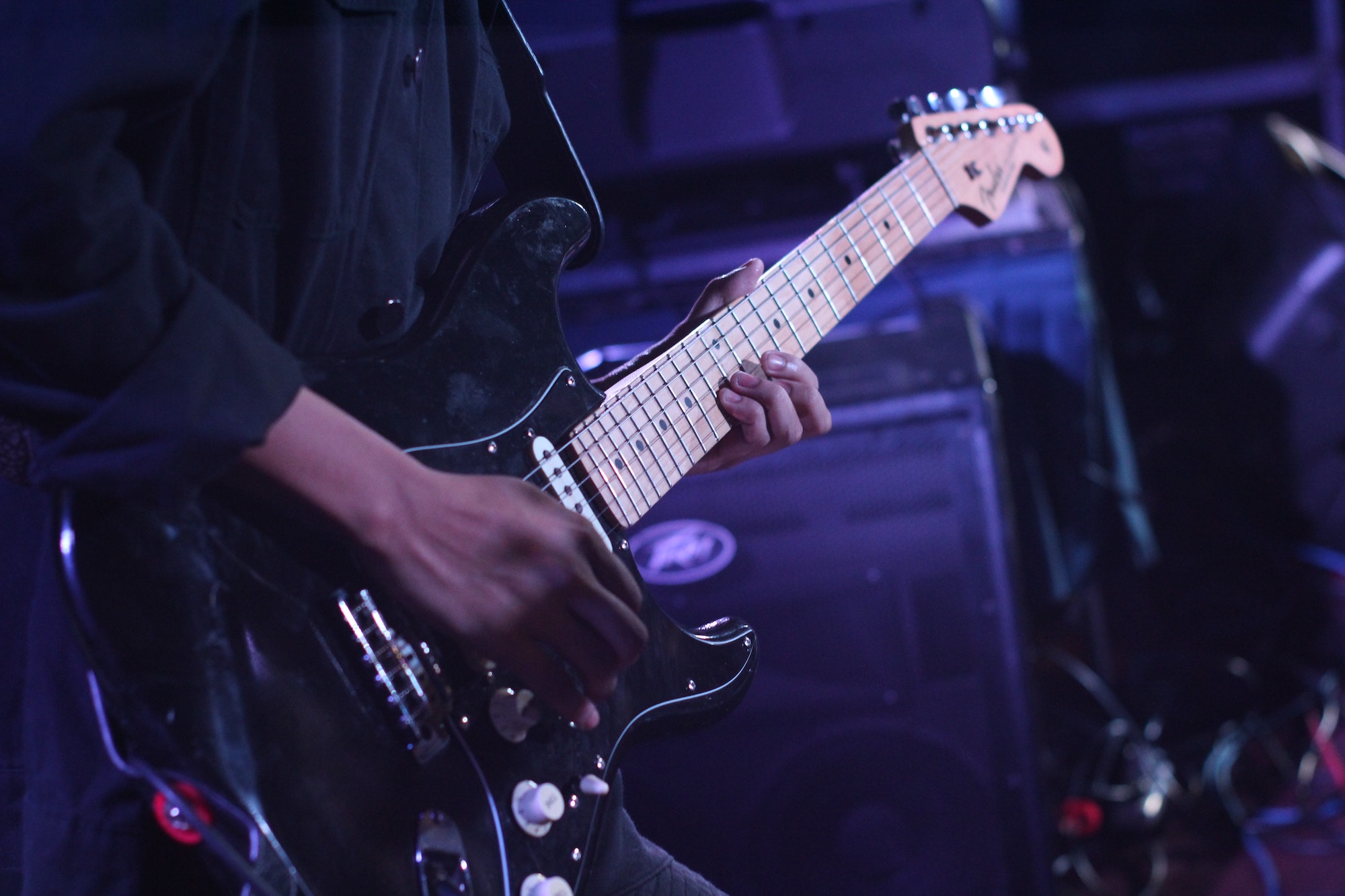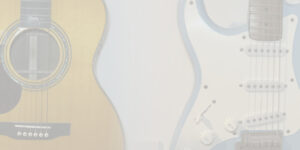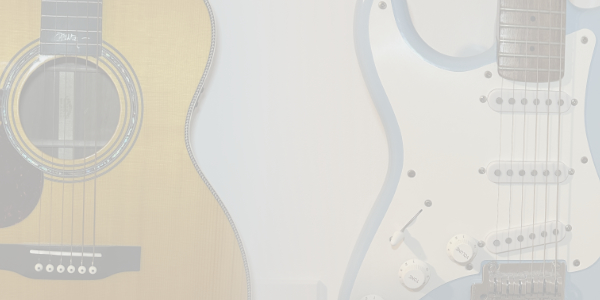
Tip for getting better IEM mixes – hearing better = Playing Better
Introduction
Has your band recently swapped over to IEMs? Are you finding that you can’t get them to sound just right? Well, don’t worry! Everyone has this issue—including us! Luckily for you, we have the perfect tips for better IEM mixes!
A lot more bands are investing in in-ears, and we’ve found that they’re something you can’t truly anticipate or understand until you try them. So this article is aimed at people who already have their IEM rig set up, have used IEMs a few times, and aren’t happy with their sound. Here’s how to make them sound better!
It’s worth noting that it does take time to adjust your in-ear mixes. However, the tips below are things you can implement at your next gig or rehearsal! These are aimed at helping you get a bit more comfortable and feel better when playing.
This isn’t the be-all and end-all of IEMs. For that, you need to spend a lot of time using them! Still, there are a few things you can do that are quick and easy—and will definitely improve your sound!
So, let’s dive right into the one most people get wrong.
Make sure your Monitors FIT!
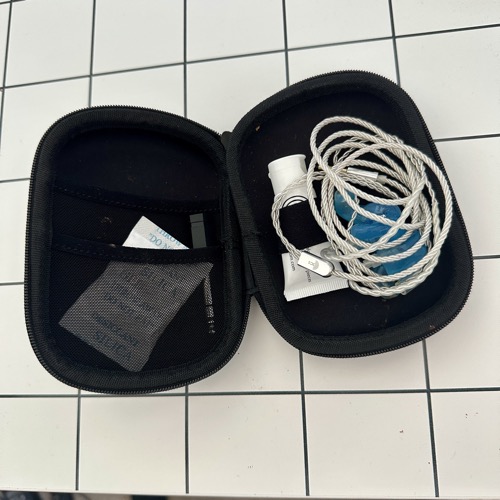
If you are serious about gigging and using IEMs, then it’s worth paying for custom-fitted monitors! Companies like ACS (not affiliated—just used them and they are fantastic) offer a fully custom IEM package at a super reasonable price! These will ensure that little to no outside sound can leak in, and all you’re hearing is what you need to hear!
You don’t have to go for fully moulded IEMs. You can simply get some decent foam tips for the monitors you already have! Foam tips will allow you to get as close to moulded IEMs as possible without the cost. They expand in your ear and help create a seal to block out as much outside noise as possible!
This has the advantage of allowing you to turn your overall mix down and run your pack quieter, as you won’t need the volume to overpower the noise leaking in. This will also improve your mixes because you won’t have background noise bleeding in and adding to your mix!
Check the Gain! Then Check it AGAIN!
This is something people overlook so often when starting out with sound: gain staging! Getting the right levels for everything! You don’t want your signals too hot or too quiet. If you haven’t got enough gain, you’ll find that you can’t get your IEM mix to sound correct. One way to check if your gain levels are wrong is to look at the send faders to your mixes. Are they all maxed out at the top? If so, you might need more gain. You always want to have room to turn the level up some more!
Set all the gains on the inputs to 0, then get everyone to play. Go through and bring up the gain until all channels are hitting around the same level (this will vary depending on whether you’re using a digital or analog mixer). Once they’re all roughly the same and you have a good signal, then you can start building your mixes. You’ll find that you don’t need to send as much to your IEMs as before, because your signal is louder and clearer.
As a rule of thumb, we like to get the sound from the amp, drums, or whatever source first. So set your pedals and amp up to get the tone you want. Then bring the signal into the desk and set the gain so you have a strong, clean signal. Once all of that is sorted, you can then mix your IEMs to your liking. You’ll notice you have a lot more headroom for adjustments—and that’s key to achieving better IEM mixes.
Free up some SPACE with EQ!
Is your mix sounding too muddy? Does it sound like a huge ball of noise when you play?
Nothing is clear? This is likely all due to EQing! The way I like to think about it is: “Do all the instruments sound fine on their own, but when you play together it all turns to mush?” That’s because of competing frequencies! Every instrument takes up space in the frequency spectrum, and you need to make room for each one. By applying some EQ, you can fix this, clean everything up, and make your mix sound 100 times better!
"You can get deep into EQing and spend time carving out each instrument and adjusting every detail—which is something you should eventually look to do.s"
You can get deep into EQing and spend time carving out each instrument and adjusting every detail—which is something you should eventually look to do. That said, there are a few simple EQ techniques that will make a huge impact on your sound right away. Start by using high-pass and low-pass filters. Cutting the low end on certain instruments and the high end on others can make a world of difference.
A lot of IEM mixes sound muddy due to a build-up of low frequencies. Instruments like guitar, trumpet, and horns might not seem like they have much low end individually—but stack them together, and that low end builds up and creates muddiness and rumble. Cutting that out will instantly clean up your mix and help you get better IEM mixes.
Trace back and check the SOURCE!
We spoke earlier about making sure the gain is correct! However, it’s just as important to make sure the audio source is the best it can be. Are all the mics set up correctly? Are all the cables good quality and free from crackles or cutouts? Getting clean audio into the desk makes it a whole lot easier to get clean audio into your ears! We all know the famous phrase: “You can’t polish a turd!” Meaning—if your audio signal coming in is rubbish, then no matter what you do at the desk, it will still come out rubbish. Good in, good out!
Also, if you focus on getting good audio into the desk, you’ll find that you only need to make small EQ adjustments. Most of your work will be adjusting levels—not fixing poor sound. A good audio signal requires little correction and can speed up your workflow massively!
We’re not saying you need to go out and spend a fortune on new equipment—not at all! Just make sure you’re getting the best possible sound from the equipment you already have. Learn how to set it up, and what adjustments change the sound to your liking. Take notes! Make sure you’re keeping track of what you do and how it affects the sound.
It’s ALL about the Ambience!
This is a small detail and might seem so minor that it wouldn’t make a difference. However, just adding in some ambient noise into your mix can really open things up and make your sound feel more spacious and natural. One of the biggest complaints when musicians first switch to IEMs is that everything feels boxed in—and they feel almost alone on stage. This is because everything is fed directly into your ears, and the natural ambience of the room is removed. Adding that ambience back in can make your mixes sound much nicer and help you feel like you’re actually playing as part of a group.
By using an ambient mic—or multiple mics—you’ll also pick up subtle elements you might not normally hear, like crowd noise, footsteps, squeaks, and stage chatter. You might even capture sounds that are already mic’d, but the ambient feed adds extra depth and realism.
If you’re picking up various ambient sounds—let’s say cymbals, toms, or other instruments—there’s something else to consider: you don’t need everything in the ambient mix. Be intentional with what you include to keep things clean and to achieve better IEM mixes.
You don’t NEED Everything!
This is a huge one that I see people ignoring: you don’t need everything in your mix! Having all those inputs and instruments can be overwhelming and make you feel like you need them all in your in-ears. But the truth is—you really don’t!
An example of this is when you’re using ambient microphones. If that’s the case, you might not need things like overheads or tom mics in your ears. You could simply run with kick, snare, and ambient mics. This alone can clear up a lot of space in your in-ear mix.
Having everything in your ears can cause muddiness, with too many sounds and overlapping frequencies. It ends up sounding cluttered and “too much.” One of the biggest reasons people complain about IEMs sounding bad is because their mix is too crowded. Reducing that clutter is key to achieving better IEM mixes.
Another great example is backup singers. Do you have backing vocals? You might be able to remove them entirely—or keep them really low in your mix. This can massively clean up your sound. There are other instruments too that you might want in your mix but don’t need turned up very loud. You don’t have to take people out—you can simply turn them down.
When you combine this approach with some proper EQing and gain staging, it will be a huge breath of fresh air in your in-ear mix.
You have TWO ears for a reason!
This is just a small tip, but always—ALWAYS—play with both your ears in! There are so many reasons why you should always use both IEMs. However, the two we’re going to focus on are: sound and safety.
Taking one ear out will completely ruin your mix. It’ll make everything sound hollow and tinny. Your mix will lose balance—especially if you’re using stereo IEMs, where the left and right channels are carefully separated. Keeping both ears in ensures your mix sounds full and properly balanced.
Only using one ear also allows a lot of background noise to leak in. This often causes musicians to turn up their IEM mix, which can lead to hearing damage. One of the main benefits of using IEMs is protecting your hearing and making everything clearer—so taking one out defeats the entire purpose!
If you’re serious about better IEM mixes, then make sure you’re always using both of them!
Conclusion
Hopefully, that’s given you some ideas on how you can clean up your IEM mix and get them sounding better! As we said at the start, there are many things you can do, and the more time you spend with your in-ears, the easier it will be to figure out any issues. This guide was just a handful of simple tips you can implement at your next gig or rehearsal—and notice an instant improvement!
We’re aware that IEMs are a huge change, and a lot of people don’t like them at first. But we truly believe that most people who don’t like them simply haven’t got them set up correctly or sounding right. With the right approach, you can get better IEM mixes that are comfortable, clear, and enjoyable to play with.
Do you have any of your own tips or tricks for getting the most out of your in-ears? If so, please let us know! Shoot us an email over at our contact page—we’d love to hear all your IEM insights. Maybe we’ll even do an updated version of this article with more tips from the community!
If you want to support the site then please give us a follow on Instagram and subscribe to our YouTube.
Gigs & Guitars Affiliate Links:
Check out our other Articles here
